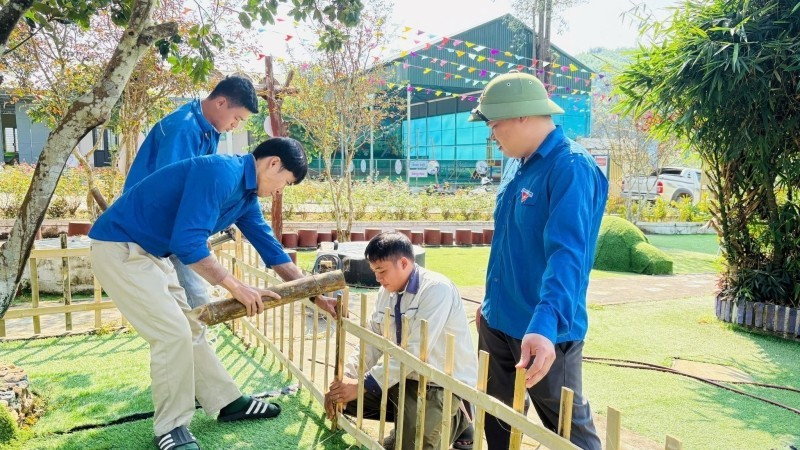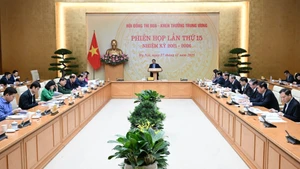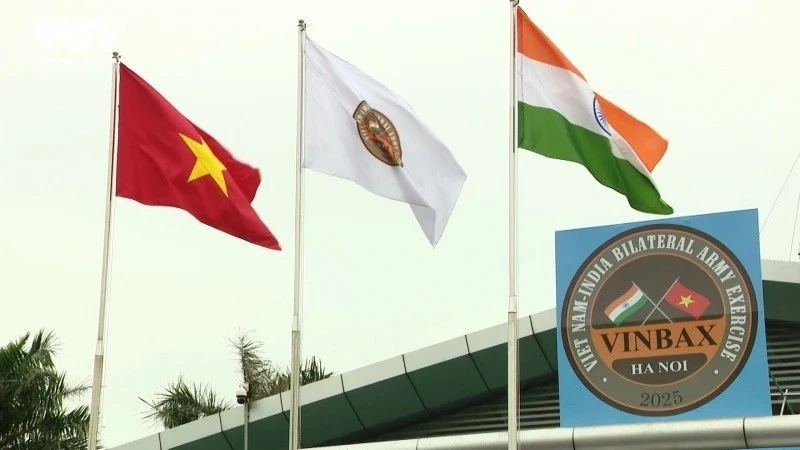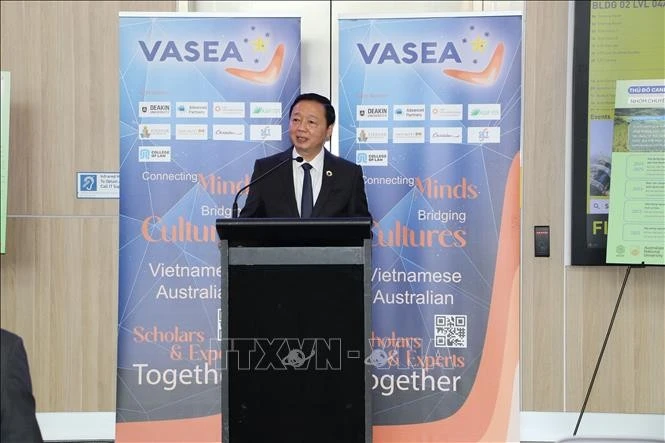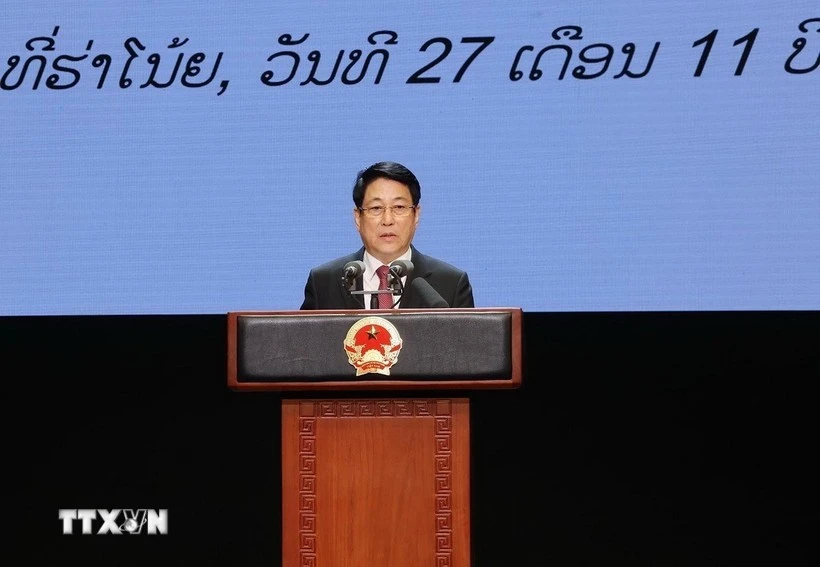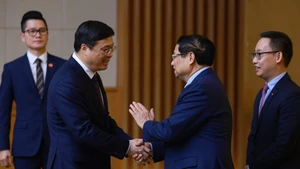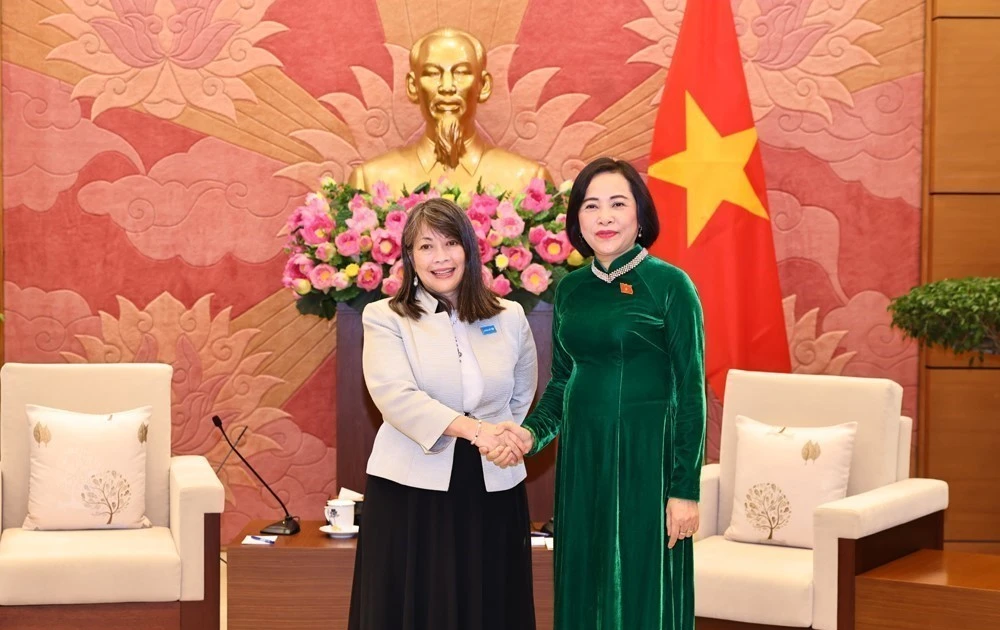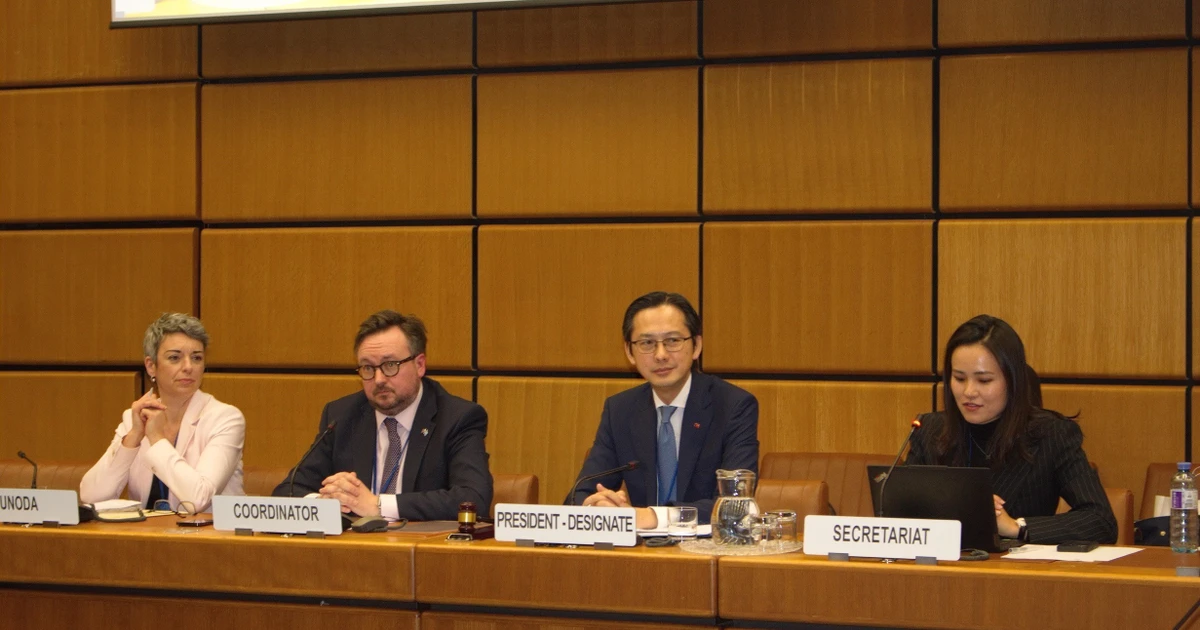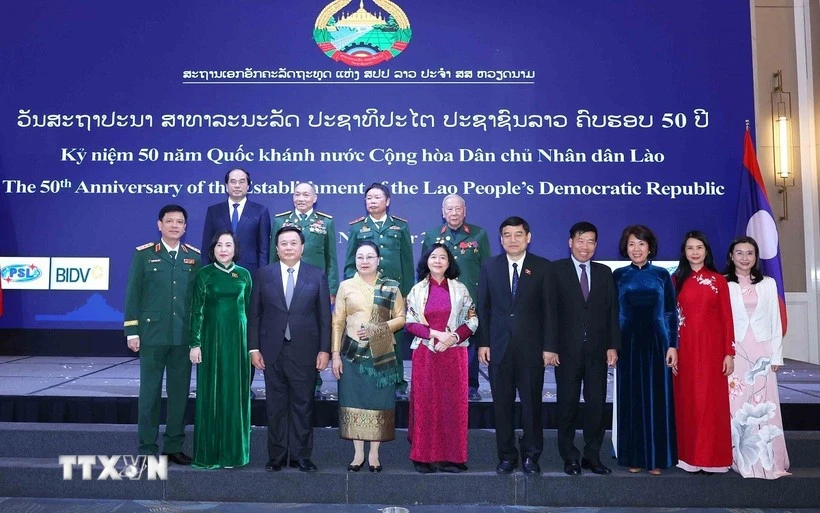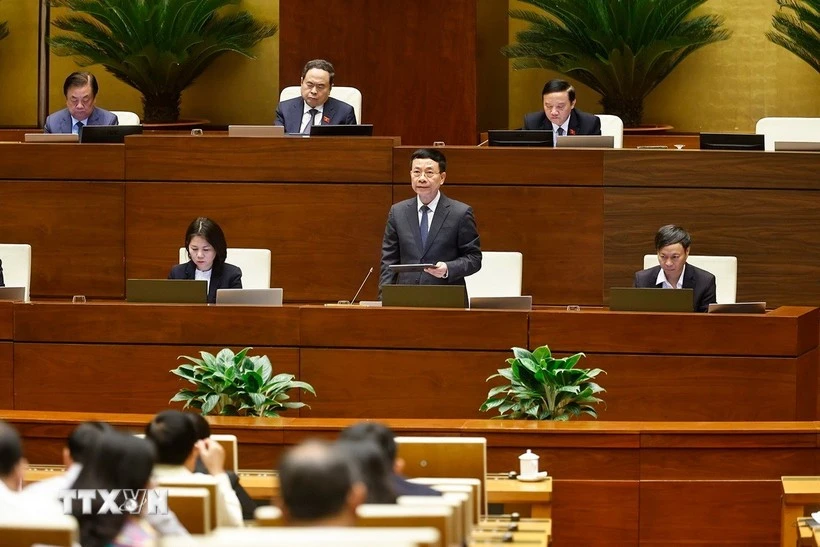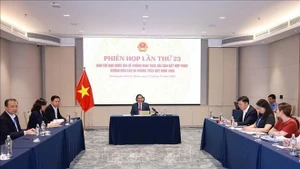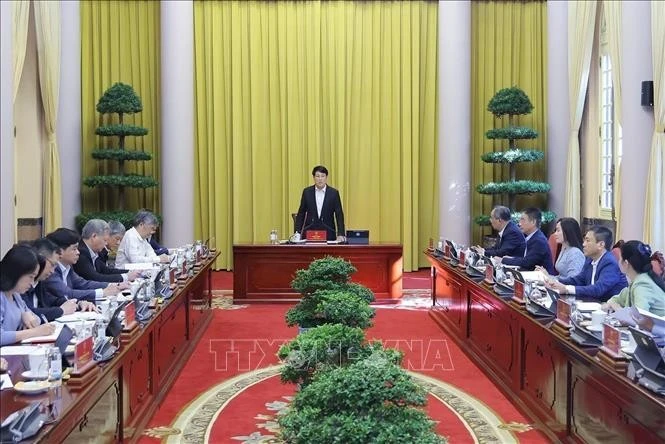Government for the people
Immediately after implementing the two-tier local government model, Hung Nguyen Commune of Nghe An Province, as the central commune of the former Hung Nguyen District, received a sudden surge in administrative dossiers and procedures. Officials and civil servants, especially those at the one-stop service section, often had to work overtime. Despite the difficulties, all officials and Party members encouraged one another to uphold the spirit of serving the people.
Many young officials often had to work beyond normal hours. Some long-serving officials who were not familiar with the digital transformation movement patiently participated in digital literacy classes and learned to adapt to the one-stop service procedures. The heads of the Party committees persistently encouraged, and at times had to guide “hand in hand”, helping overcome challenges together. The result has been the consolidation and improvement of the staff’s capacity to meet new and demanding tasks.
The implementation of Resolution No. 07-NQ/CA (dated October 14, 2016 of the Nghe An Provincial Public Security Party Committee) in the Hung Nguyen Commune Public Security is an illustration. In addition to building a modern, convenient and friendly one-stop service office, police officers had to increase the time and quality of receiving citizens and processing administrative procedures with sufficient virtue, competence and dedication, taking public satisfaction as the measure of performance.
The results of putting the resolution into practice have contributed to building a contingent of officials with sufficient moral integrity and competence, who are exemplary and responsible.
The results of putting the resolution into practice have contributed to building a contingent of officials with sufficient moral integrity and competence, who are exemplary and responsible. As a result, administrative procedures for 53,000 residents of the commune and 26,000 workers (including 2,000 foreign workers) working in the area have been handled smoothly.
Not constrained by rigid models, Hung Nguyen Nam Commune has also renewed its development mindset. Inheriting the tradition and aspiration of building a government “of the people, by the people, and for the people” rooted in the spirit of the Nghe Tinh Soviet Movement, the commune maintains the approach of being close to the people, respecting the people, relying on the people and promoting grassroots democracy, thereby creating consensus in site clearance and infrastructure development, and ensuring social welfare.
Cao Anh Duc, Chairman of the People’s Committee of Hung Nguyen Nam Commune, said the commune covers an area of 35.77 km² with a population of 36,632. Although the commune had already achieved new-style rural status before the merger, it still faces the risk of losing the title due to many households falling back into poverty. Currently, 7,000 residents live outside the Lam River dike; since the beginning of the year, multiple storms have caused damage worth tens of billions of VND.
To support this community in escaping poverty sustainably, the commune has implemented three proactive principles, including promptly meeting the immediate needs of affected residents; proactively overcoming difficulties without relying on higher level support; and promptly encouraging officials and residents to share difficulties and challenges. Thanks to these efforts, the commune has effectively responded to natural disasters while developing its local economy sustainably through handicraft production. At present, the commune has five certified craft villages and four one commune one product (OCOP) products rated three stars.
Officials close to the people
Throughout his life, President Ho Chi Minh always emphasised the vital importance of the close bond between officials and the people. Embracing his ideology, Hoang Thi Hong, former Head of the Mai Son District Party Committee’s Commission for Communication, Education and Mass Mobilisation in Son La Province, has effectively organised and implemented Directive No. 05-CT/TW dated May 15 of the Politburo.
Based on the local context of agencies and units, each year one or more breakthrough tasks were identified for focused leadership and implementation. These tasks mainly involved Party building, administrative reform, and developing economic models such as agricultural production, while improving the effectiveness of citizen reception and handling complaints and denunciations.
In 2024, the district recorded 72 exemplary models of learning and following President Ho Chi Minh’s example. These helped create consensus in awareness and contributed to effectively performing political tasks in building new rural areas, civilised urban areas, and sustainable poverty reduction.
After the restructuring and reorganisation into the two-tier local government model, in her role as Deputy Secretary of the Party Committee and Chairwoman of the People’s Committee of Mai Son Commune, Hoang Thi Hong continued to learn and follow President Ho Chi Minh’s example, maintaining and expanding effective models at the locality, such as the custard apple cultivation model of Thanh Son Cooperative in Hamlet 32; the “Market Day 19” model in Hamlet 19 of the former Hat Lot Township; the “veterans helping each other develop household economy and reduce poverty” model; the “organic-oriented agricultural production” model; and the “clean house – beautiful garden” model.
These models have proven effective in implementing Directive No. 05-CT/TW in connection with the socio-economic development goals of the locality.
Learning from President Ho Chi Minh in promoting the sense of responsibility of each official and Party member, especially leaders, means setting an example, taking the lead in complying with organisational restructuring policies, and not shying away from difficulty or hardship. Pham Thi Thanh Nga, an officer of the Mass Mobilisation Division of the Yen Bai Provincial Party Committee’s Commission for Communication, Education and Mass Mobilisation, has always upheld responsibility, willingly accepting and overcoming difficulties to fulfil assigned tasks.
During the period when Yen Bai Province was streamlining its apparatus, she consistently upheld her sense of responsibility, worked closely with grassroots levels, and was proactive, innovative, and creative in advising on the implementation of Directive No. 05-CT/TW across the province. She advised and participated in compiling the thematic documents for 2024 and 2025, aligned with the orientations of the central authorities and the province, contributing to improving and innovating advanced models in practice. Specifically, she proposed adding criteria for two new models related to building happy residential communities and preserving ethnic cultural identity.
These are just two of the 36 outstanding examples of learning and following President Ho Chi Minh’s example in the northern region that were honoured. Alongside them are many other practical models with widespread influence within the community. Speaking at the recent honouring ceremony, General Trinh Van Quyet, Secretary of the Party Central Committee and Head of the Central Propaganda and Mass Mobilisation Commission, emphasised that to ensure learning and following President Ho Chi Minh becomes increasingly practical and effective, it is necessary to build a civil service culture in the spirit of “respect the people – be close to the people – understand the people – learn from the people – be responsible to the people”. It is essential that the people clearly see positive changes in officials’ working style and attitude.
